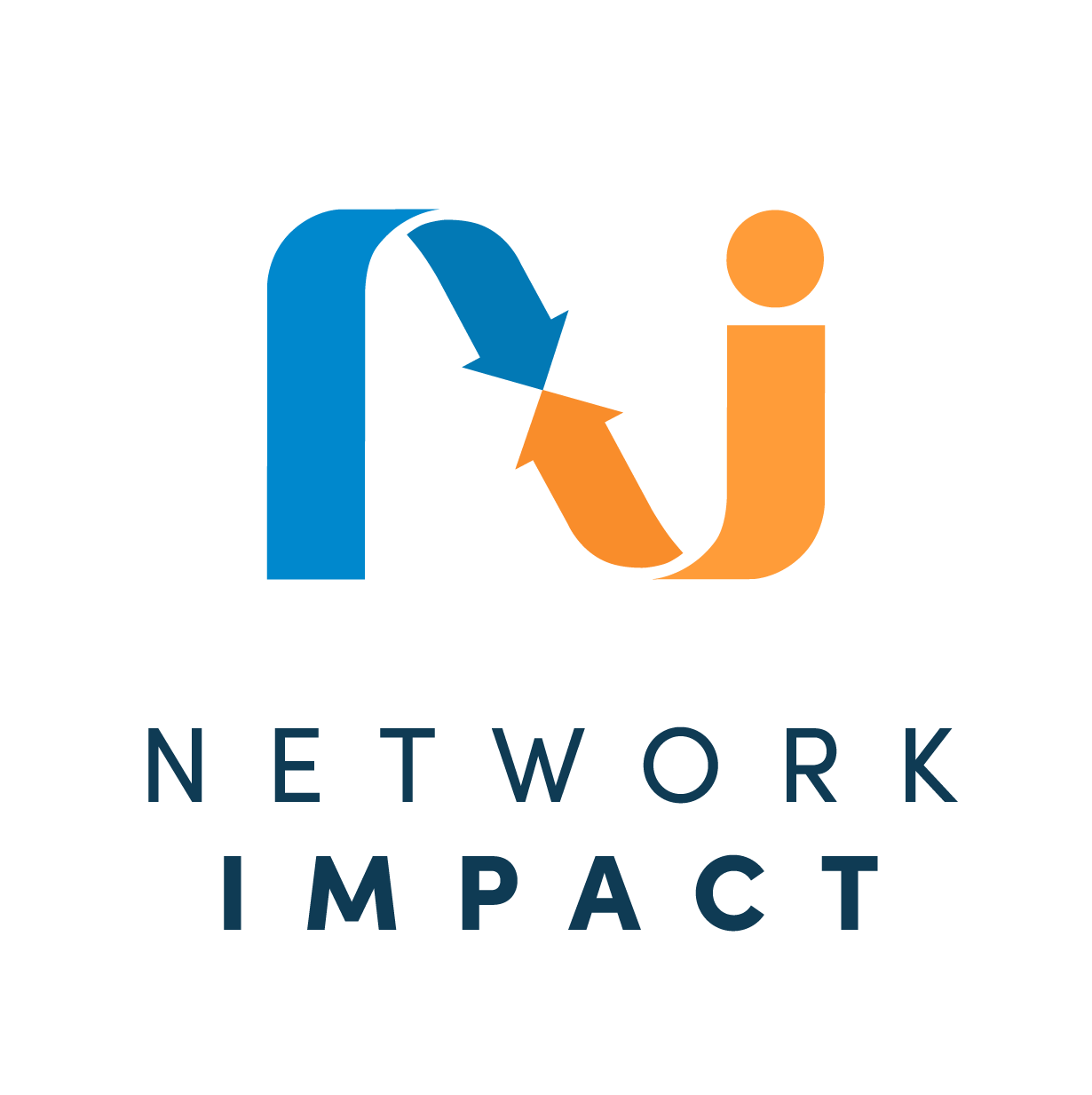Is it a Network?
May, 2011
There are many structures for organizing collaboration among individuals and/or organizations. But they are not all the same--and we're often asked if a particular structure is or isn't a network. So we've taken the time here (and in more detail in chapter 1 Connecting to Change the World) to identify and differentiate some of the main structures that social activists and philanthropic funders use and support. In general, the differences fall across a spectrum related to how structured/organized the form is. Some (like professional associations) are too organized; others are not organized enough. As we've said in other contexts (and explain more of in chapter 5): networks are on the "edge of chaos," with enough organization to stay together, but enough freedom to creatively evolve; they contain autonomous agents who share common rules. In some of the collective forms we look at, the agents aren''t autonomous (too much structure); in others, there aren''t really common rules that bind them (not enough structure).
Difference from a Generative Network
Coalition/Alliance of Organizations - A temporary alignment of organizations to achieve a specific objective such as electing a candidate or securing adoption of a new public policy. Usually disbands when the effort has been completed. Narrower in purpose/scope than a network. (Some alliances reorganize as a generative network once their campaign is over.)
Membership-Based Association or Organization - Organized mainly to pool resources and provide dues-paying members with services, often for professional development or representation within public-policy arenas. Association/organization staff does most of the work. More staff-driven, less member-to-member relationship driven, than a network. Focus is on serving members rather than members collaborating with each other.
Community of Practice - Organizations and individuals loosely align and coordinate around development, adoption, and spread of innovative practices and/or policies to address a particular set of problems or opportunities. Participants typically lack a firm sense of “membership identity” and do not make explicit reciprocal commitments. Communities of practice often have many sub-networks.
Large numbers of people loosely aligned around a large cause (e.g., civil rights, environmental protection), their passion ignited by a personal desire to right a wrong. Less coherent, focused, and coordinated—and much larger, sprawling—than a generative network. A movement may contain networks; networks may spawn a movement.
